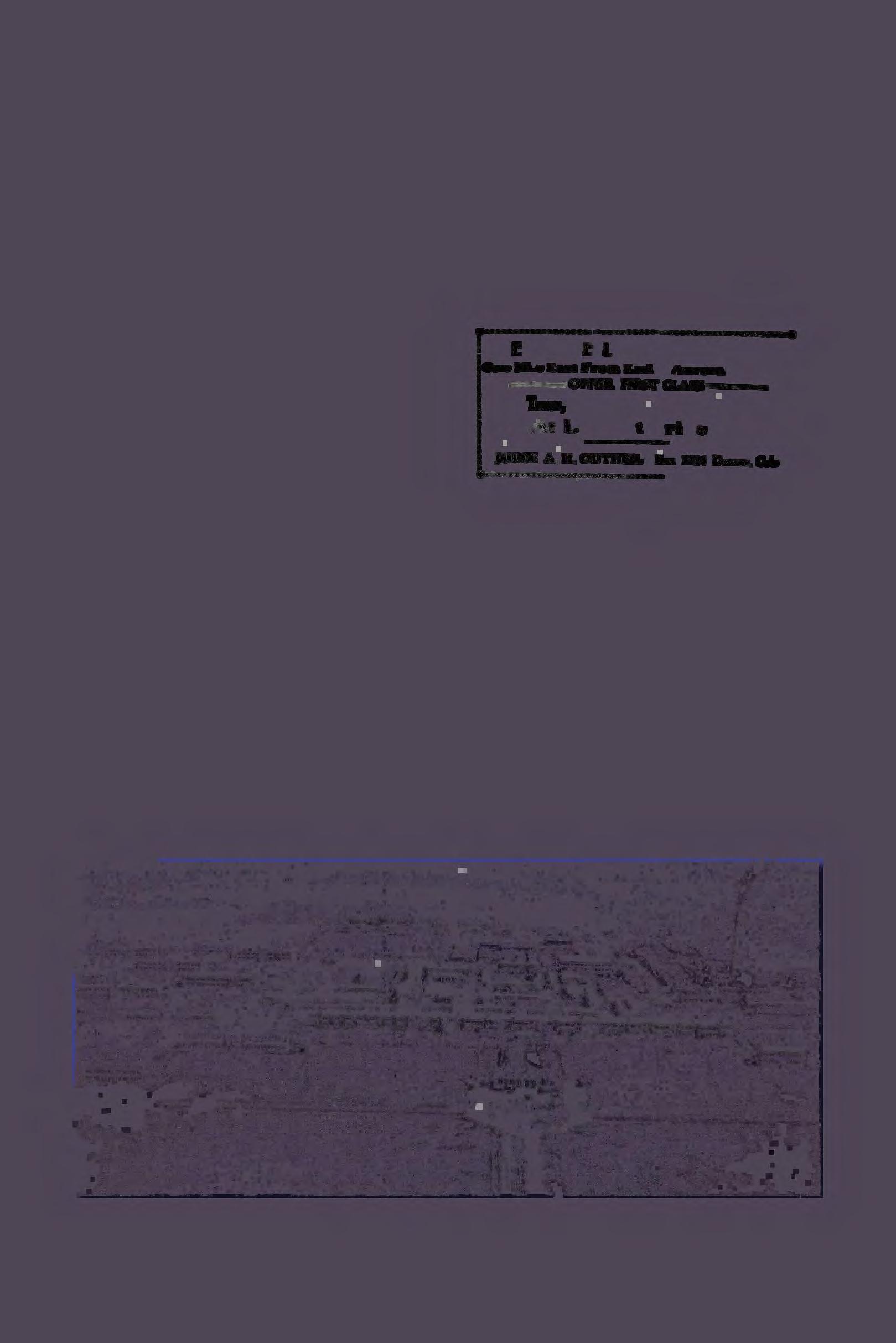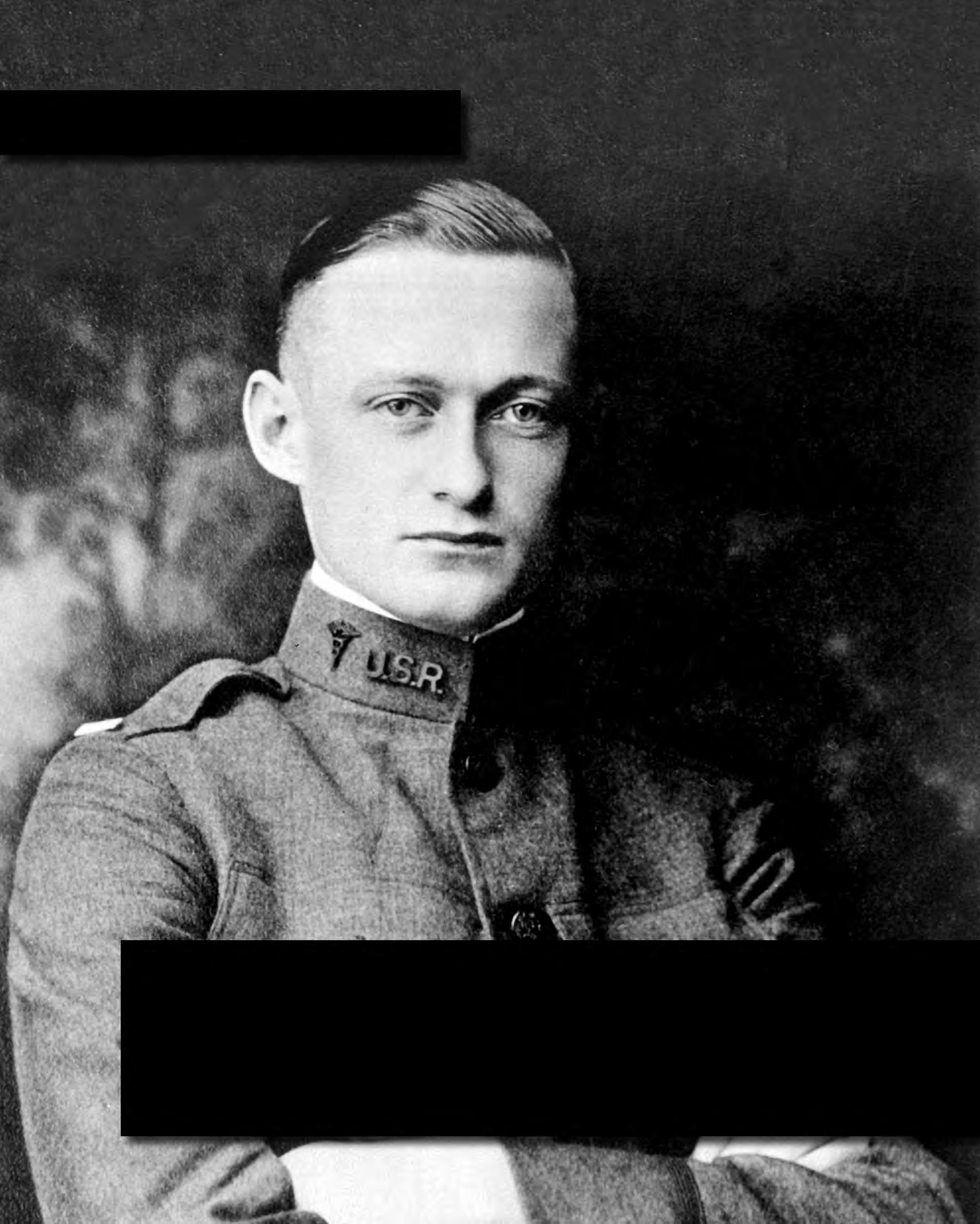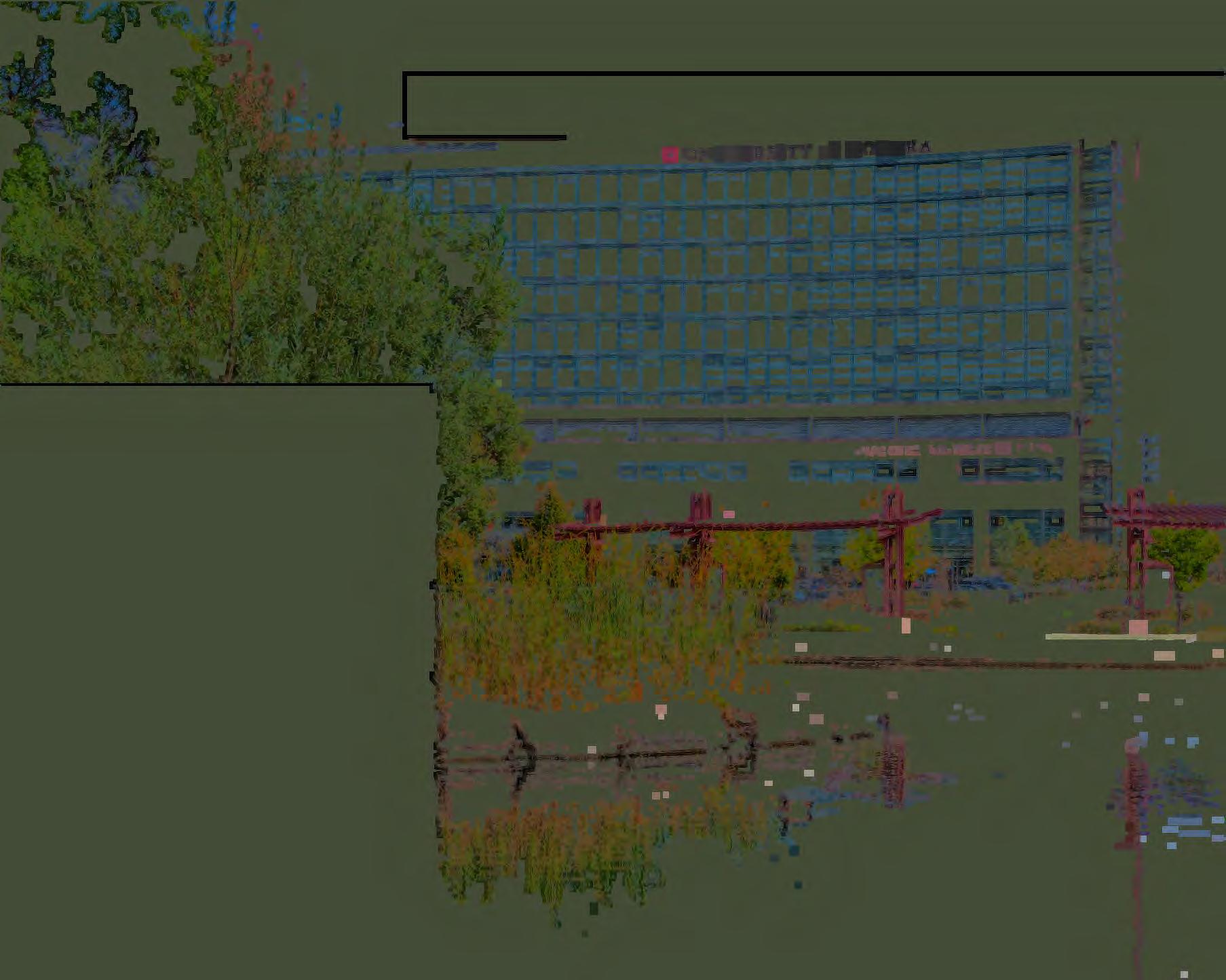The History of Army General Hospital No. 21

Open Through March 12, 2023




The History of Army General Hospital No. 21

Open Through March 12, 2023




Before Fitzsimons Hospital was built in Aurora, a private tuberculosis sanitorium was well established nearby. Senator Lawrence Phipps purchased land at 6th Avenue and Quebec Street in 1902 (the eventual site of Lowry Air Force Base). He opened the Agnes C. Phipps Memorial Sanitorium in 1904 in honor of his mother who died from tuberculosis. The facility treated tuberculosis patients until 1932 when it no longer had the resources to keep up with the latest medical advances.
Before the Civil War, medical care in the military was provided largely by the regimental surgeon and surgeons' assistants. While attempts were made to establish a centralized medical system, care was largely local and limited. Treatment for disease and injury was, by modern standards, primitive. In the late 19th century, conflicts and disease would pave the way for incredible discoveries in medical science. The well-funded armed forces

U.S. Army General Hospital No. 1 was built on the Columbia University grounds which closed its doors on October 15, 1919.
were at the forefront of many of the medical discoveries of this era. The first Army hospital, U.S. Army General Hospital No. 1 was established in July 1917 in The Bronx, NY, only a year before the establishment of Army Hospital No. 21 in modern-day Aurora. Today, there are 54 military hospitals in the United States and overseas that provide inpatient services.

Construction began on Army General Hospital No. 21 in May 1918 under the direction of three of the largest contracting companies in Denver, as well as Denver architect T. Robert Wieger, who served as the Chief Engineer for construction.


In June 1920, the post was renamed Fitzsimons General Hospital in honor of Lt. William Thomas Fitzsimons, the first U.S. Army officer killed in WWI. Fitzsimons was born in Burlington, KS in 1889. After attending medical school, he volunteered with the First Relief Corps of the American Red Cross. He was one of the first five medical officers sent overseas during WWI. He was killed on September 4, 1918, during an aerial bombardment on a field hospital in Dannes Camiers, France.
Department of Defense

Tuberculous wards of U.S. Army Hospital No. 21 as seen on October 12, 1918.
In the 1900s, tuberculosis was a leading cause of army disability discharges. The problem worsened during WWI, stretching the limits of the army’s existing tuberculosis hospitals. When Fitzsimons opened its doors, the hospital specialized in treating soldiers suffering from tuberculosis and other respiratory diseases. By the fall of 1920, Fitzsimons General Hospital became the army’s only hospital focusing on tuberculosis treatment. It was thought that the dry climate provided a healthful environment for these patients to recover their strength. Historians estimate that perhaps as many as one-third of Colorado’s early settlers moved to the state for reasons directly or indirectly associated with health. Today, we know that tuberculosis is an infectious airborne disease. Additionally, the hospital served as the general hospital for active

military personnel and veterans in the Denver area. Throughout the 1920s, the new hospital admitted and discharged about 300 patients per month. In the 1940s antibiotics for tuberculosis were developed and deaths in the U.S. and other countries declined dramatically. By the 1950s, tuberculosis had nearly been eradicated.

As the US military down sized after the First World War, from a force of 4,000,000 to just over 200,000, the War Department consolidated operations. The Army designed two permanent tuberculosis hospitals, General Hospital No. 19 at Oteen, North Carolina and General Hospital No. 21 in Aurora. When the Oteen hospital was transferred to the Public Health Service in October 1920, Fitzsimons became the last active-duty tuberculosis hospital in the Army.

President Franklin D. Roosevelt visited Fitzsimons Hospital in 1932 and 1936 at the behest of U.S. Congressional candidate, Lawrence Lewis. This visit secured Fitzsimons as a permeant installation, and it received infrastructure upgrades because of New Deal spending despite federal downsizing during the Great Depression.

A view of Building 500 under construction in 1941.

After numerous closure attempts in the 1930s, the government classified Fitzsimons as a permanent installation and appropriated funds for expansion. This included constructing a new main building to centralize patients and provide staff with up-to-date facilities. The new $4 million hospital complex replaced many of the outdated, pavilion-style medical wards with a central 608-bed multi-story structure. It also meant an expansion of Fitzsimons’ mission to include more general medicine and surgical procedures. Building 500 was dedicated December 3, 1941, just days before the bombing of Pearl Harbor. At the time of its completion, Building 500 at the Fitzsimons Army Hospital was the largest building in the state. Two years later, it was the birthplace of former Secretary of State John Kerry and would host the birth of many other local Aurorans in the years to come.
shifted away from the

The south gates of the Fitzsimons General Hospital, circa 1940. Building 500 is under construction beyond the gates.

Fitzsimons immediately started receiving patients from the attack on Pearl Harbor as the U.S. was thrust into WWII. At the height of the war, as many as 5,000 patients were being treated at Fitzsimons at once, many suffering from combat related injuries sustained abroad. The facilities expanded significantly during this time. In addition, two medical technical schools opened on the campus to train new medical personnel before sending them to the front. Like the rest of the U.S., the staff at Fitzsimons were expected to contribute to the war effort through self-sufficiency. Greenhouses and victory gardens were constructed, and metal collection drives were held on campus. Employment of women at the hospital during the war increased; with so many men enlisting in the armed forces, the government and military industries turned to women to fill the necessary jobs, especially in the medical profession. In 1944, members of the Women’s Army Corps and Women’s Auxiliary Army Corps arrived at Fitzsimons.

An aerial view of the hospital grounds in 1950.

Eight members of the Fitzsimons Fire Department pose for a photo, circa 1950.
Following WWII, Aurora enjoyed a period of unprecedented growth. This growth was driven in part by soldiers who had trained or were cared for at Fitzsimons (and other military outposts in Aurora) returning to make Aurora their permanent home. By the 1950s, Aurora began annexing many newly platted residential subdivisions which had sprung up around Fitzsimons. At the same time, the city began annexing large tracts of undeveloped land, laying the foundation for future commercial development. Aurora’s boom years continued well into the 1970s and 1980s. The population grew from approximately 75,000 people in 1970, to over 150,000 in 1980, to over 222,000 in 1990. Much of Aurora’s post-war development was a result of the area’s military establishments such as Fitzsimons, the Rocky Mountain Arsenal, Lowry Air Force Base and Buckley Air Force Base.

In 1950, developers like Sam Hoffman took advantage of the housing shortage and broke ground on a new neighborhood called Hoffman Town, south of Fitzsimons. Families desired a modern home with a yard and space for an automobile, as well as strong community ties and good schools. The self-contained community of Hoffman Town, later named Hoffman Heights, included 7,000 residents by the time Aurora annexed it in 1954.


Fitzsimons’ isolated nature, east of Denver, led to the creation of a private taxi service by resident A.G. “Pop” Stitt that transported hospital workers and their families to the Tramway trolley at Colfax Avenue and Dayton Streets.
The Red Cross House, as it was originally known, was built in 1918 as one of the first 48 structures constructed at Army Hospital No. 21. The building was located at the center of the new hospital grounds and was easily reached by the patients and staff. Like all the original construction on base, the Red Cross building was designed in the Mission Revival style and was built in the shape of a cross .

On July 4, 1923, a
The Red Cross building served as the hub of all recreational and social activities for patients and their families. It provided a place for soldiers to visit with their families, gather to play games such as cards and pool with fellow patients and relax in a comfortable place. The building housed a large auditorium to host nightly entertainment such as movies, plays and performers. It also provided educational classes for soldiers to keep their minds sharp. The Red Cross Building was demolished in 2015 and in 2022 a memorial plaza was opened where the building once stood .

The Red Cross Building and Beehive Memorial was the 15th landmark of the city of Aurora’s Historic sites program. The 97-year-old building was demolished in 2015. The Beehive Memorial still stands on the University of Colorado Anschutz Medical Campus in its original location.

Road connections between the hospital and Denver were a persistent problem during the early years. When the hospital opened, only the main entrance to the base was paved. Most of the base’s gravel roads became muddy during inclement weather. To alleviate traffic on the poor roads, the Fitzsimons Bus and Taxi Company began ferrying base personnel from Denver out to the hospital. Shortly after opening, commercial development sprouted at the intersection of Colfax and Peoria adjacent to the base grounds and began to spread west along East Colfax Avenue towards Aurora’s business district. Due to the increased traffic, the State Highway Commission ultimately approved funds to pave five miles of Colfax from Colorado Boulevard to the base grounds.

The two guardhouses were built in 1918 as the main entrance to Army Hospital No. 21. The guardhouses and metal gate on the northwest corner of East Colfax Avenue and Peoria Street were constructed in the Mission Revival architectural style to match the other buildings on the base. The entrance is no longer in use. In 2010, the city of Aurora restored the buildings and gates to their original 1918 appearance. The guardhouses were landmarked in 1999 by the city of Aurora’s Historic sites program.

D
uring the Korean and Vietnam Wars, Fitzsimons continued to serve the medical needs of the military. Several wounded servicemen and women recovered in Aurora throughout both conflicts. On January 1, 1960, the post was renamed Fitzsimons General Hospital. Fitzsimons received hundreds of air evacuations of personnel wounded from Vietnam for specialized treatment. During this era, the hospital expanded its services to include neuropsychiatry, obstetrics, pediatrics, radiology, and dental clinics. Near the end of the Vietnam War, in 1974, the hospital was redesignated as Fitzsimons Army Medical Center.

Tuberculous patients working on crafts while recuperating in 1919.


After the town of Fletcher incorporated in 1891, the town council raised $150,000 in bonds to buy the East Denver Water Company. Unfortunately, the purchase took place at the beginning of a long drought period in the early 1890s, and the town of Fletcher (renamed Aurora in 1907) struggled financially. When Army Hospital No. 21 came to the outskirts of Aurora, the base brought much needed economic stimulus. By 1929, the cost of providing food for two of the base’s five mess halls came to $600,000 and boosted the local food vendors of Aurora. Residents rented out rooms for base personnel and businesses popped up all along East Colfax from downtown Denver out to Fitzsimons. During the 1930s, half of the local federal workforce worked at the base.

Fitzsimons consisted of forty-eight Mission Revival style, temporary buildings that housed servicemen suffering from respiratory ailments caused by chemical warfare and tuberculosis during WWI.

Members of Fitzsimons’ women’s bowling team presenting their trophies.

The base basketball team, the Fitzsimons Generals, won the Five Star League Basketball Tournament in 1966.

In 1995, Fitzsimons was included on the list of facilities recommended for closure by the U.S. government. In June 1999, Fitzsimons Army Medical Center was officially deactivated as a military installation. In the same month, Colorado Governor Bill Owens approved $216 million for the construction of a medical research complex to be built on the Fitzsimons site. The University of Colorado Hospital used funding in the development of education and research facilities on the Fitzsimons campus. In 2006, the complex was renamed Anschutz Medical Campus after the Anschutz Foundation donated more than $91 million for various construction projects.

The Waterfowl Preserve is one of the few surviving elements of the Gutheil Park Nurseries. A.H. Gutheil operated a large nursery until 1918 on the site that is now the Fitzsimons medical complex. He originally built this pond as a scenic feature for his visitors and invited people to drive through his property as a respite from the dusty city. In the 1920s, the medical base commander launched a beautification project to improve the living conditions and appearance of the post, including landscaping around the pond. In 1927, Fitzsimons Hospital was issued a permit from the U.S. Biological Survey that recognized the one-acre pond as an official waterfowl preserve—the smallest in the nation.
W
hen the Army was set to deactivate the Fitzsimons site in the 1990s, the University of Colorado set forth a proposal to transform the historic military medical center in Aurora into an innovative health sciences community by moving the University of Colorado Health Sciences Center and its schools and colleges to the site. In 2006, the Fitzsimons campus was renamed the University of Colorado Anschutz Medical Campus in recognition of the donations from The Anschutz Foundation to help in the construction of brand-new education, research, and patient care facilities. Two years later, all CU health

In 2018, the Rocky Mountain Regional VA Medical Center opened in Aurora. The new campus replaced the original veterans’ hospital in Denver which was built more than 60 years ago. The 1.2 million square-foot state-of-the-art facility is
sciences schools and colleges relocated to the new campus on the former army base. This move also included a brand-new School of Public Health for the state; founded as a collaborative venture between all three of Colorado’s major universities. UCHealth University of Colorado Hospital also joined in the move to the Anschutz Medical Campus, along with Children’s Hospital Colorado.

The Arch of Cosmas and Damian, created by Carl A. Reed in 1994, at the University of Colorado Anschutz Medical Center Campus in Aurora, Colorado. Saints Cosmas and Damian were brothers, born in Arabia, who had become respected for their skill in the science of medicine. They are the patron saints of doctors, dentists, surgeons, and pharmacists.
of Congress